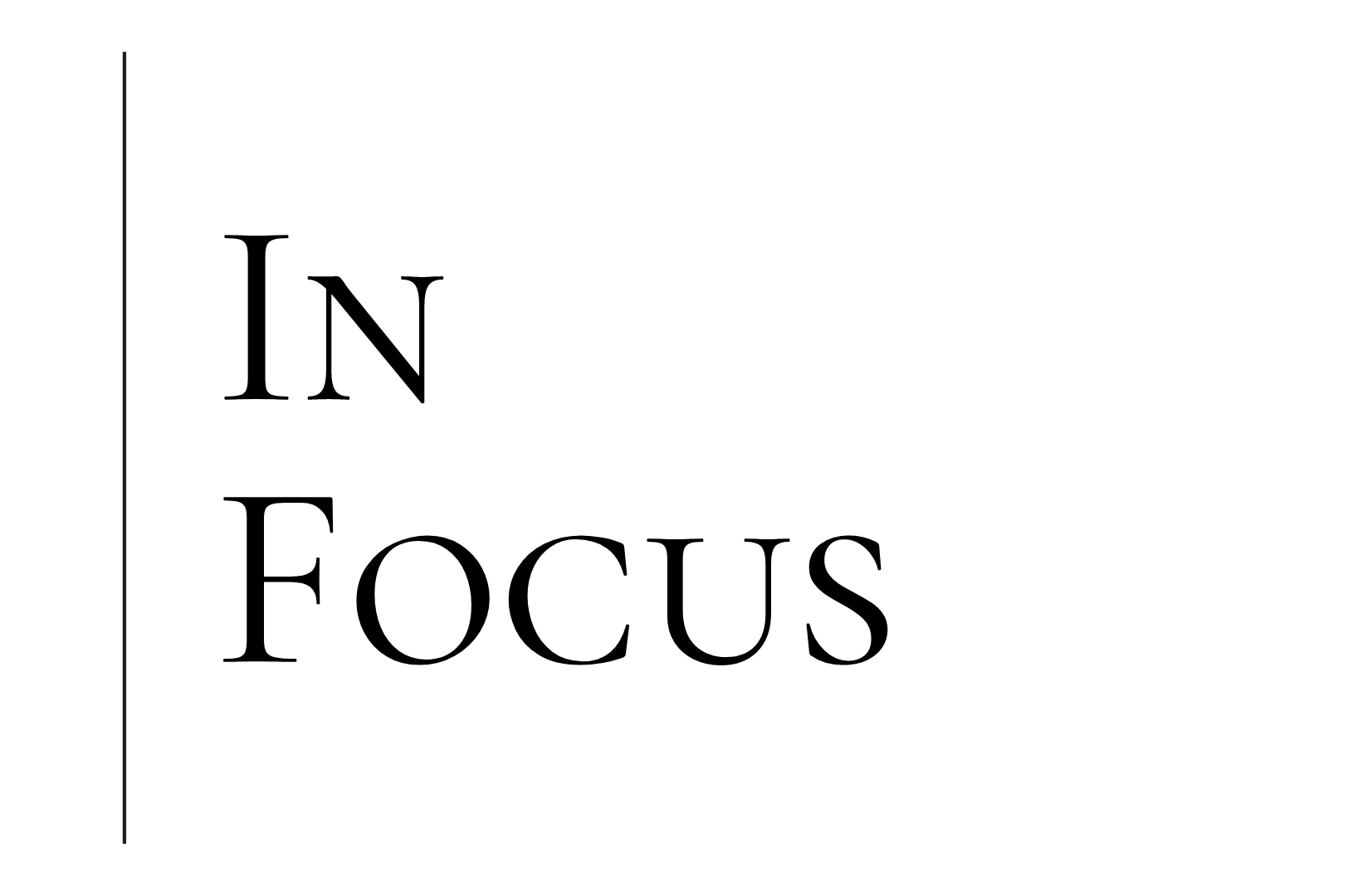Accelerating Economy To Support Pakistans Banking Sector Growth

Dubai
The outlook for banks in Pakistan is stable over the next 12-18 months driven by an accelerating economy and stable funding, according to rating agency Moody’s.
“Our stable outlook for Pakistan’s banking system is driven by an accelerating economy, boosted by domestic demand and China-funded infrastructure projects. Economic growth will stimulate lending and support a slight improvement in asset quality. Despite margin pressure, we expect profitability to remain flat. Stable funding from customer deposits and high liquidity are further strengths,” said Constantinos Kypreos, a Moody’s Senior Vice President.
Pakistan’s real GDP growth is projected at 5.5 per cent and 5.6 per cent in the fiscal years ending June 2018 and June 2019. Infrastructure investment and solid domestic demand will be the main drivers of economic growth and will fuel lending growth of 12 per cent to 15 per cent for 2018. The economy, however, remains susceptible to political instability and a deterioration in domestic security.
Analysts expect problem loans (NPLs at 9.2 per cent of gross loans as of September 2017) to decline in the current supportive macro environment, helped by the banks’ diversified loan portfolios and low corporate debt. Asset risk remains high, however, due to weaknesses in the legal framework, inefficient foreclosure processes and scant information for assessing borrower creditworthiness.
“The biggest challenge facing the banks is their large holdings of low-rated Pakistan government bonds,” said Corina Moustra, a Moody’s Associate Analyst. Banks’ high exposure to low-rated government securities are around 44 of assets and remains a key risk.

Banks’ capital ratios (Tier 1 at 12.7 per cent as of September 2017) have declined, but will recover gradually once higher regulatory requirements kick in this year and next. Capital will be boosted by higher profit retention, capital increases and capital optimisation measures. “Modest capital levels and high asset risks pose additional risks,” said Moustra.
Stable customer deposits and high liquidity will remain key strengths of Pakistan banks. Customer deposits make up around 70 per cent of total assets. Analysts expect these to continue to grow by 12 to 15 per cent this year, providing plentiful, low-cost funding. Cash and bank placements account for around 11 per cent of total assets, while an additional 44 per cent is invested in government securities offering sound liquidity.
With regard to asset risk, analysts expect asset quality to improve in the current supportive macroeconomic environment, helped by the banks’ diversified loan portfolios and low corporate debt.
Moody’s says that the banks’ profitability will remain flat amid margin compression. However, profits will be supported by strong lending growth, a focus on low-cost current accounts and moderate provisioning needs. Interest margins should level off towards the end of 2018, once pressure from the reinvesting of legacy high-yielding Pakistan investment bonds reduces, as the remaining of these mature.
Credit growth to pick up pace
Credit growth in Pakistan is expected to gain momentum in 2018-19 driven by robust growth in both private and public sector credit demand, according to rating agency Moody’s.
“We expect lending to the private sector to grow between 12 to 15 per cent during 2018, a result of the improved economic conditions. This is despite a widening fiscal deficit (5.8 per cent of GDP for 2017), which the banks will continue to partly finance,” said Constantinos Kypreos, a Moody’s Senior Vice President.
Loan growth and deepening financial penetration is expected to be supported by state initiatives, such as branchless banking. Regulations amended to allow customers to open bank accounts through biometric devices at agent locations, as well as through mobile phones, to facilitate remittances are expected to boost growth on both assets and liabilities. A central bank-initiated policy targets a 17 per cent share of private-sector credit for SME financing compared to 9 per cent at year-end 2016. The policy initiative has set minimum portfolio targets for banks; introduced risk coverage and refinancing schemes for SMEs; established g a registry to allow SME borrowers to obtain credit using pledged assets as collateral; and prudential incentives such as a relaxation of general provisioning and capital requirements.
Aqua Labs Backs UAEs Vision 2030 With Launch Of $20mn Startup Fund
The programme invites founders worldwide to apply for funding, mentorship, and access to Web3 infrastructure The post A... Read more
Alpha Dhabi Sells 8.5% Modon Stake To Abu Dhabi Governments Limad Holding
The wholly owned entity of the Abu Dhabi Government now owns majority share in Modon after buying IHC and ADQ stakes as... Read more
ADNOC Distribution Delivers Its Strongest EBITDA Since IPO For Q3
Quarterly EBITDA of $319mn is the highest ever, up 15.9%; Net profit surged to $221mn, up 21.5%; Record 9M fuel volumes... Read more
PIF Spending Shift To Spur Greenfield FDI In Saudi As Private Equity Expands
Bain’s Gregory Garnier says Saudi's sovereign wealth fund is entering a more disciplined phase, redirecting capital f... Read more
EXCLUSIVE: SEDCO Capital Listing Possible Within 3 Years, CEO Says Amid Saudi IPO Boom
CEO Rayyan Nagadi says the group’s investment arm could go public within 3 years, as Saudi Arabia’s buoyant IPO mar... Read more
Tabby Completes Secondary Share Sale At $4.5 Billion Valuation
The transaction involved HSG, Boyu Capital and other investors acquiring shares from existing shareholders The post Tab... Read more

